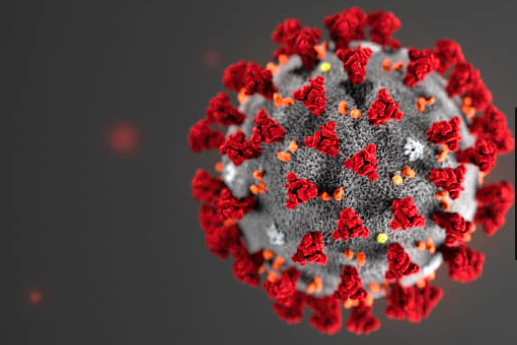FLIGHT DUE FROM WUHAN, CHINA SHORTLY
Update: American citizens are being evacuated from Wuhan to Anchorage onboard a Kalitta Air Boeing 747 fitted with pallet seats for this mission.
The coronavirus that originated in Wuhan, China has led to screenings at international airports around the world.
Anchorage’s North Terminal has been added to that list of airports.
In addition to Anchorage’s Ted Stevens International Airport, travelers coming from overseas through Boston; Dallas; Detroit; El Paso, Texas; Honolulu; Houston, Miami, Minneapolis; Newark, New Jersey; Philadelphia; San Diego; Seattle; Washington, D.C. (Dulles); and San Juan, Puerto Rico are also being screened for the Wuhan virus, the CDC said.
Airport screenings were initially in place in New York, Los Angeles, San Francisco, Chicago, and Atlanta.
A charter jet is due to land in Anchorage directly from Wuhan with 240 people onboard this Tuesday evening, and those travelers, all of whom were already screened before their departure, will be re-screened for symptoms of the virus once they get to Anchorage.
All passengers will clear through customs and border protection while they are here in Anchorage. They’ll be screened by medical professionals from the CDC before being allowed to reboard.
The charter jet under contract with the federal government will then continue its flight plan to Ontario, California, where passengers will be quarantined for a week. Those aboard are Americans who were stationed in Wuhan, many of them on diplomatic passports.
There may be no better place for people from China to enter the West Coast than Ted Stevens International Airport, since the North Terminal is already a separate building, according to MRAK sources in the aviation field.
No international flights come into the South Terminal, and no international passenger flights are scheduled for the North Terminal at this time of year.
CDC and US Customs and Border Protection are implementing health screenings that include:
- Travelers fill out a short questionnaire about their travel, any symptoms, and contact information.
- CDC staff take the temperature of each traveler with a hand-held non-contact thermometer (thermometers that do not touch the skin) and observe the traveler for cough or difficulty breathing. If sick travelers are identified, CDC evaluates them further to determine whether they should be taken to a hospital for medical evaluation and to get care as needed.
- If the traveler does not have symptoms, CDC staff will provide health information cards to take with them. The cards tell travelers what symptoms to look out for, and what to do if they develop symptoms within 14 days after leaving China.
The five people who came into the U.S. from China and later developed the virus arrived before the 20 quarantine stations were established, said CDC’s Dr. Nancy Messonnier of the CDC.
The CDC said that the Chinese have not given the U.S. access to the data it has on the asymptomatic stage of the virus. The CDC is not relying on the Chinese data that it has not had the chance to review, officials said in a press conference today.

Good job…this is a THUMBS UP.?THANK YOU!
Quarantine is a pro-active good thing. I remember the astronauts being quarantined after returning from space or the moon. Prayers are with our fellow citizens of earth challenged by this virus.
Nice try but about 2 weeks late.
Bwahahaha, do you all really trust the CDC? Do you really believe our representatives in government seats? SMDH. Pray tell us how many passengers from this plane are still in Alaska?